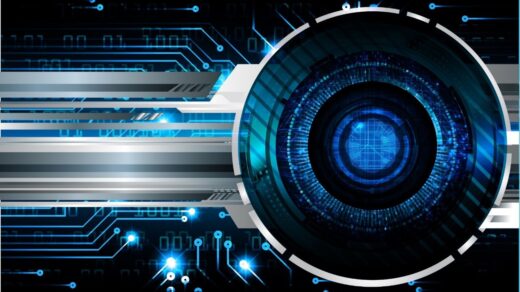
At first glance, many people assume IT security and cybersecurity are the same, but that isn’t the case. While they both aim to protect people, data, and devices, they take vastly different approaches and consider distinct problems.
Kenny Natiss explains that in information technology (IT), professionals use computer networks, software, and hardware to share and store information. But cybersecurity focuses starkly on protecting digital devices, computer systems, and data from fraudulent access.
Those in either field will be responsible for protecting entities from electronic attacks that can result in data or identity theft, unauthorized access, malicious software, and more.
However, anyone looking to join either sector should be fully aware of the differences before deciding which path to take.
The 3 Major Differences Between IT Security and Cybersecurity
#1 Focuses and Subsets
Cybersecurity is all about protecting electronic information stored inside systems. It focuses on data and infrastructure, such as local area networks or internet connections that transmit and store information.
In other words, cybersecurity professionals prevent hackers from gaining virtual access to sensitive information on computers, networks, or programs.
On the flip side, information technology focuses on the systems that hold the data that cybersecurity protects.
IT security is a subset of IT as a whole. Experts working in this discipline create plans to safeguard digital assets and monitor computer systems for threats. They also physically protect equipment from wrongdoings.
But there is another subset of IT security — information security (InfoSec). Some information security professionals group this discipline into cybersecurity because some of the responsibilities overlap.
InfoSec focuses on preserving the security and integrity of data throughout transmission or storage. In essence, it encompasses all data forms, and experts employ a number of methods to protect it.
#2 Approaches
The approaches taken by professionals in both files depend on the size of the organization.
For instance, larger entities may employ IT and cybersecurity workers to perform security testing and educate executives on network or information threats.
However, smaller businesses typically focus cybersecurity efforts on defending their digital systems, asking specialists to take defensive and practice approaches.

#3 Techniques
Analysts working in information security tend to craft disaster recovery plans, offering organizations guidelines to follow to mitigate business downtime during emergencies. Such plans include:
- Framework for maintaining and/or continuing IT operations following a natural or human-made disaster
- Copying and storing data in the cloud
- Actionable steps
On the other hand, cybersecurity techniques and responsibilities include verifying software updates, necessitating software updates, managing passwords, and using firewalls or anti-virus protection.
Professionals in this field work tirelessly to design cybersecurity policies for businesses, such as enforcing two-factor authentication and limiting access.
The Bottom Line
Knowing the differences between cybersecurity and IT security is a must for anybody looking to enter either field.
That said, there are many overlapping goals, roles, and responsibilities. The disciplines just take different approaches and employ distinct techniques and strategies to achieve the same outcome — protection from human-made (i.e., hacking or scamming) and natural disasters.



